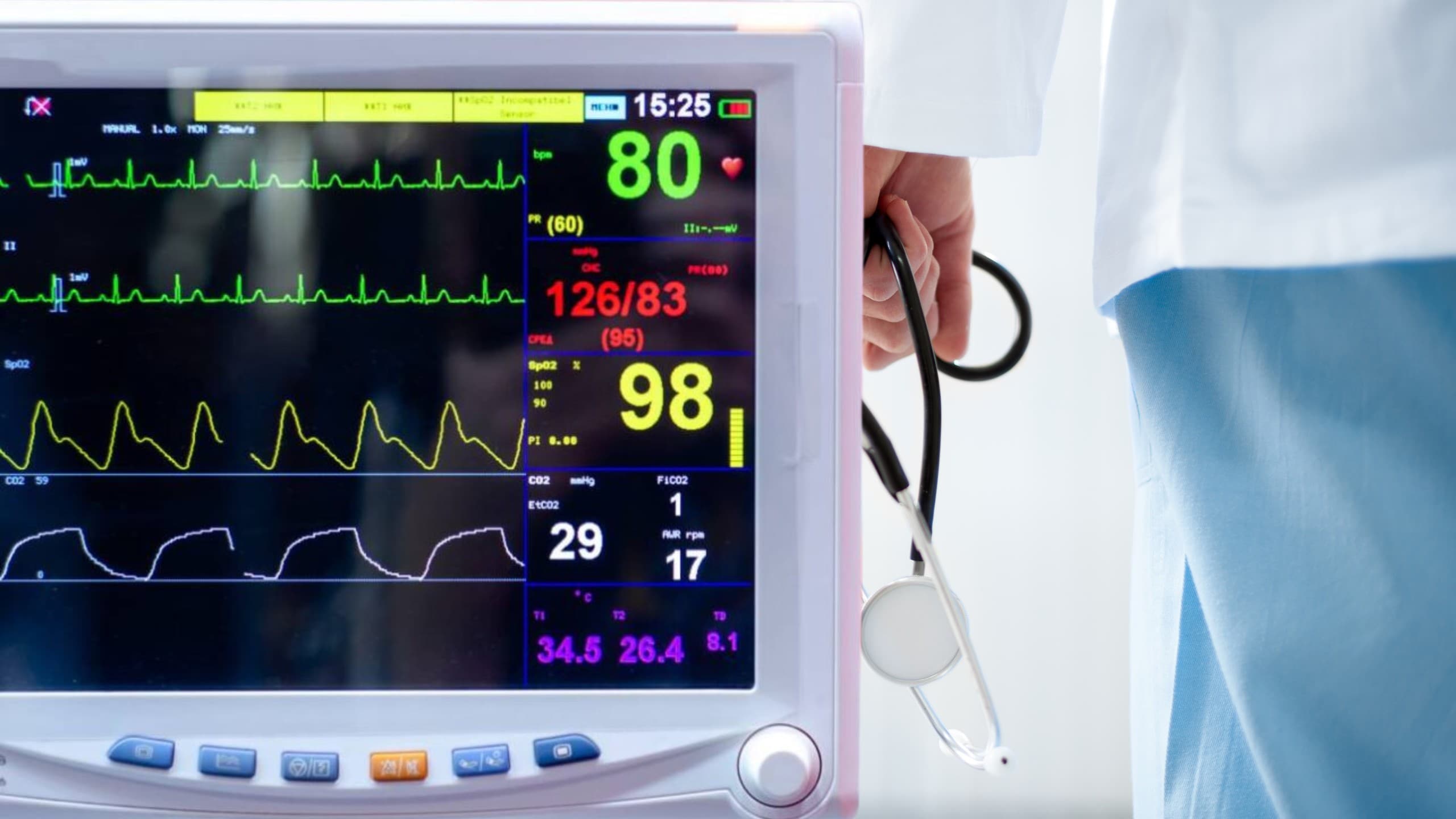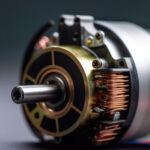Imagine a world where doctors could see a patient’s breathing right before their eyes, not just listen to their lungs. This isn’t science fiction; it is the reality of capnography, a technology that is quietly revolutionizing healthcare. Simply put, capnography measures the amount of carbon dioxide (CO2) in exhaled breath. It might sound technical, but the impact of this simple measurement is profound. It is like having a window into a patient’s innermost working, offering crucial insights into their respiratory health.
Furthermore, increased CO2 levels in the brain may cause severe hypercapnia, leading to brain damage. Focusing on the market trends, increasing respiratory disorders is a major reason the capnography devices market is witnessing an increase in global demand. Here are some more reasons contributing to the growing demand.
Capnography Devices Market: A Breath of Relief
The story of capnography begins with a simple observation: our bodies produce CO2 as a byproduct of metabolism. When we breathe, we exhale this CO2. By monitoring the levels of exhaled CO2, healthcare providers can gain valuable information about a patient’s respiratory status. Initially, capnography devices were primarily used in anesthesia and critical care settings. Anesthesiologists, for instance, rely heavily on capnography to monitor a patient’s breathing during surgery. If CO2 levels drop, it could indicate that the patient is not breathing effectively, alerting the anesthesiologist to take immediate action.
Capnography Devices Market: Beyond the Operating Room
Capnography’s potential extends far beyond the operating room. Today, its applications are expanding rapidly across the healthcare spectrum:
- Emergency Medicine: Imagine paramedics arriving at the scene of an emergency. Capnography devices help them assess the effectiveness of CPR, providing crucial feedback on whether their efforts are restoring circulation. In the chaotic environment of an emergency, capnography devices offer a crucial lifeline guiding lifesaving interventions.
- Chronic Disease Management: Capnography can become an invaluable tool for self-management for patients with chronic respiratory conditions like COPD or asthma. Portable devices allow patients to monitor their own breathing at home, empowering them to identify potential problems early and make adjustments to their treatment plans. This not only improves their quality of life but also reduces the burden on the healthcare system.
- Neonatal Care: In the delicate world of neonatal care, even the slightest changes in a baby’s breathing can have significant consequences. Capnography provides a continuous, non-invasive way to monitor the respiratory status of newborns, alerting clinicians to potential problems like respiratory distress syndrome. This early detection allows for prompt intervention, improving the chances of a healthy start for these vulnerable infants.
According to the International Anesthesia Research Society, advances in neonatal critical care, especially the introduction of surfactant replacement therapy (SRT), have led to a mortality reduction of 85% in the United States.
- Sleep Medicine: Sleep apnea, a condition in which breathing repeatedly stops and starts during sleep, affects millions of people worldwide. Capnography devices play an important role in diagnosing sleep apnea by monitoring breathing patterns during sleep studies. This information helps clinicians determine the severity of the condition and recommend appropriate treatment options.
Capnography Devices Market: Key Regional Trends
North American capnography devices dominate the global market, according to a report published by Grand View Research Inc. The report adds that the rising prevalence of respiratory diseases in the region further affects the demand for capnography devices in North America. The region is equipped with advanced medical technology, which has resulted in high-quality capnography devices.
For instance, in October 2023, the American Lung Association Research Institute announced a USD 22 million investment, making it one of the largest programs in the U.S. solely focusing on lung health.
Capnography Devices Market: Worth the Rising Demand
The journey of capnography, from a specialized tool in operating rooms to a ubiquitous presence across healthcare, is a testament to its transformative power. As technology continues to evolve, we can expect even more innovative solutions. Capnography is more than just a medical device; it is a window into the very essence of life itself- the breath. By harnessing its potential, we can usher in a new era of patient-centered care where every breath counts.
















